Picture this: you’re standing knee-deep in your favorite fishing spot, watching what looks like a snowstorm of insects erupting from the water. But this isn’t the peaceful evening hatch you remember from childhood. These are invaders, foreign caddisflies that have traveled thousands of miles to make American waterways their new home. What started as a few hitchhikers on cargo ships has become one of the most overlooked ecological disasters of our time.
The Silent Invasion Nobody Saw Coming

Most people think of invasive species as dramatic arrivals like zebra mussels or Asian carp, but caddisflies slipped into American waters without fanfare or headlines. These small, moth-like insects arrived quietly in ballast water, clinging to imported aquatic plants, or hiding in shipments of live fish. Their larvae, protected by carefully constructed cases made of sand, twigs, and debris, survived journeys that would kill most other insects. By the time scientists noticed unusual caddisfly populations in the Great Lakes region in the early 2000s, several non-native species had already established thriving colonies. The invasion was already underway, and we were just catching up to reality.
What Makes Caddisflies Such Successful Invaders
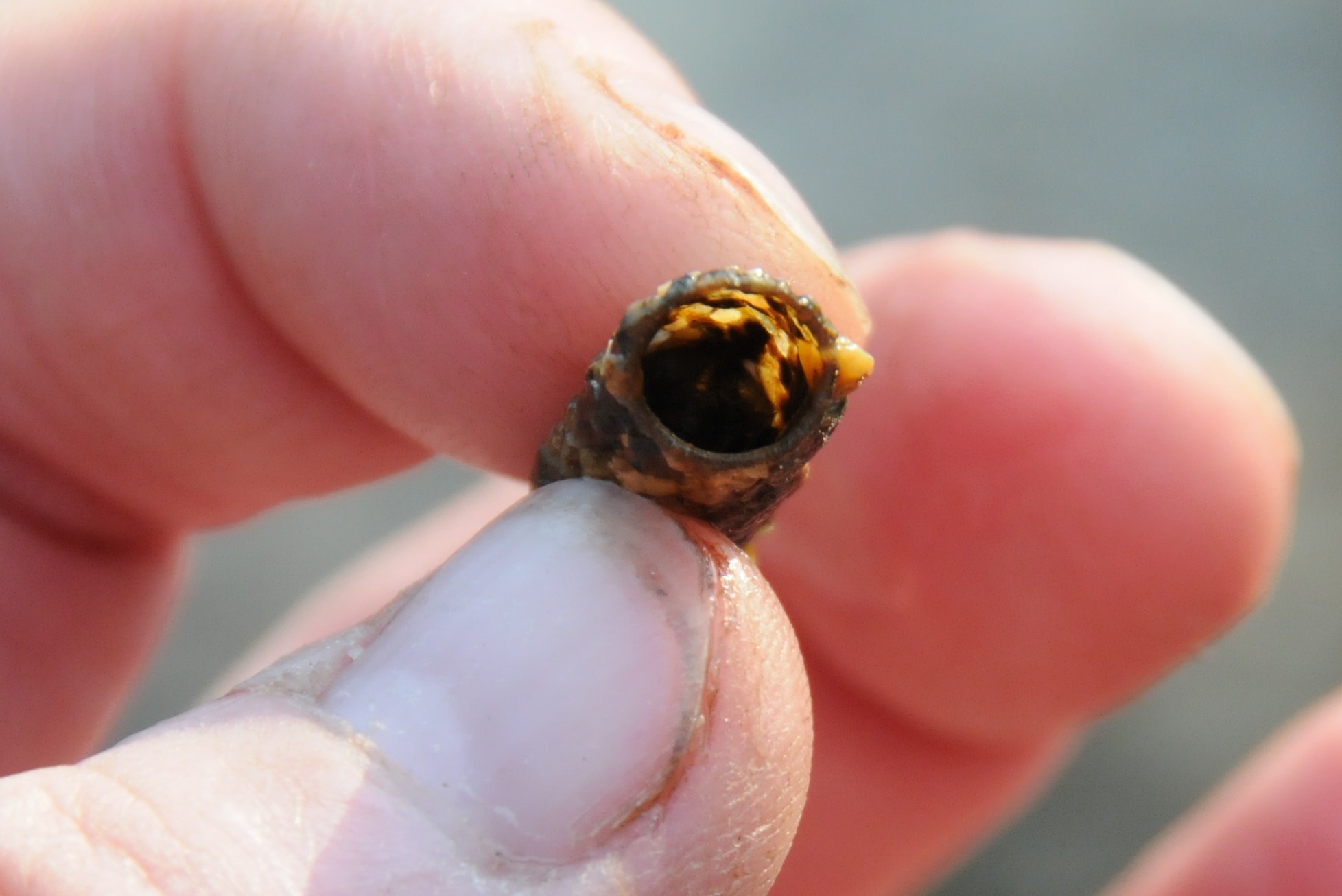
Caddisflies possess a unique combination of traits that make them nearly unstoppable once they establish themselves in new waters. Their larvae are incredibly adaptable, capable of surviving in various water conditions from fast-flowing streams to stagnant ponds. Unlike many aquatic insects that require specific water temperatures or chemical compositions, invasive caddisfly species often thrive in disturbed environments where native species struggle. Their protective cases provide armor against predators and harsh conditions, while their diverse feeding habits allow them to exploit food sources that other insects can’t access. When you add their impressive reproductive capacity – some species can produce multiple generations per year – you have the perfect recipe for ecological domination.
The Great Lakes: Ground Zero for Aquatic Chaos
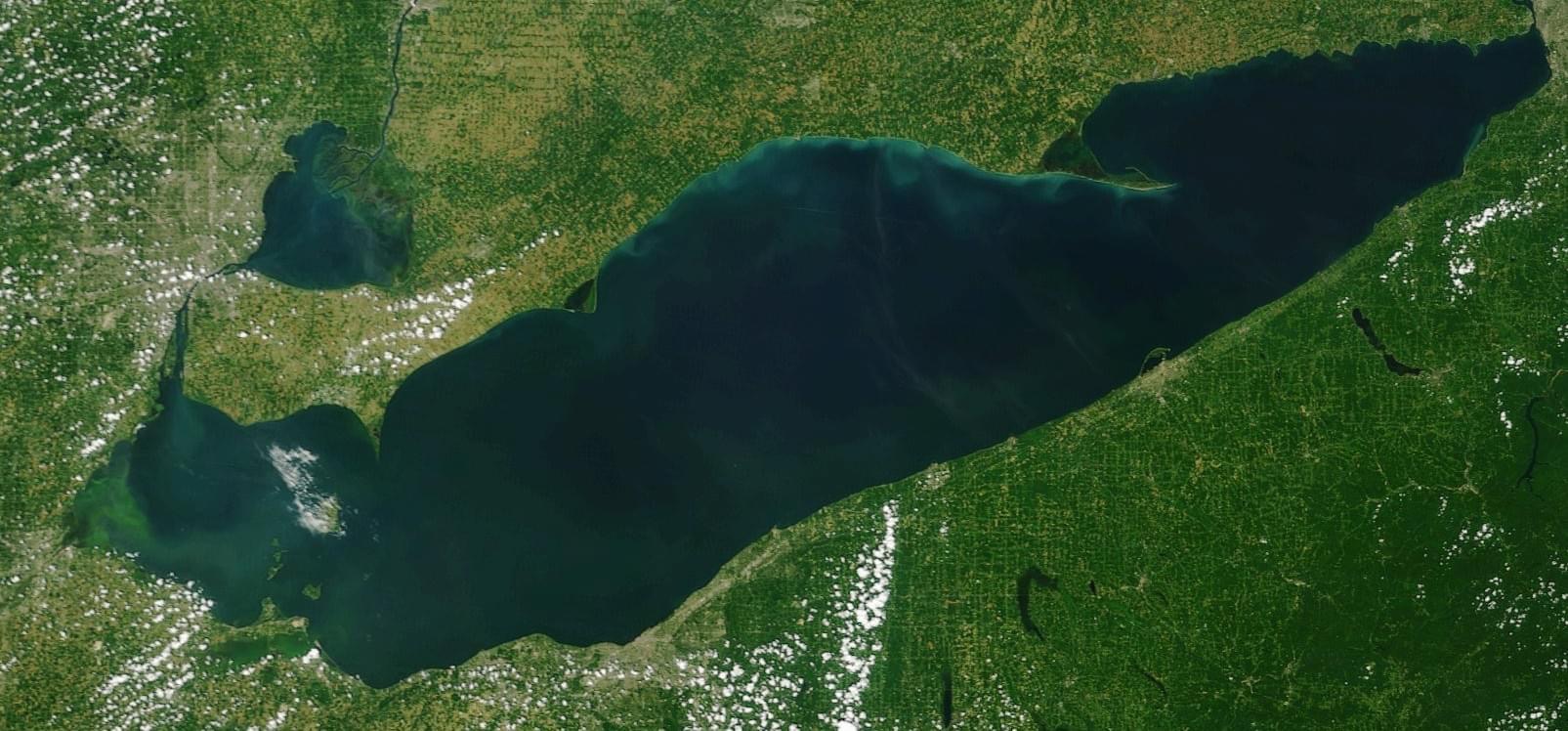
The Great Lakes system became the epicenter of caddisfly invasions due to its massive shipping traffic and interconnected waterways. Lake Erie and Lake Ontario showed the first signs of trouble when researchers discovered European caddisfly species thriving in unprecedented numbers. These invaders found an ecosystem already stressed by pollution and other invasive species, creating perfect conditions for rapid expansion. The lakes’ vast size and complex shoreline provided countless microhabitats where different caddisfly species could establish unique ecological niches. Within a decade, what started as isolated populations had spread throughout the entire Great Lakes basin, fundamentally altering the aquatic food web.
Western Rivers Under Siege
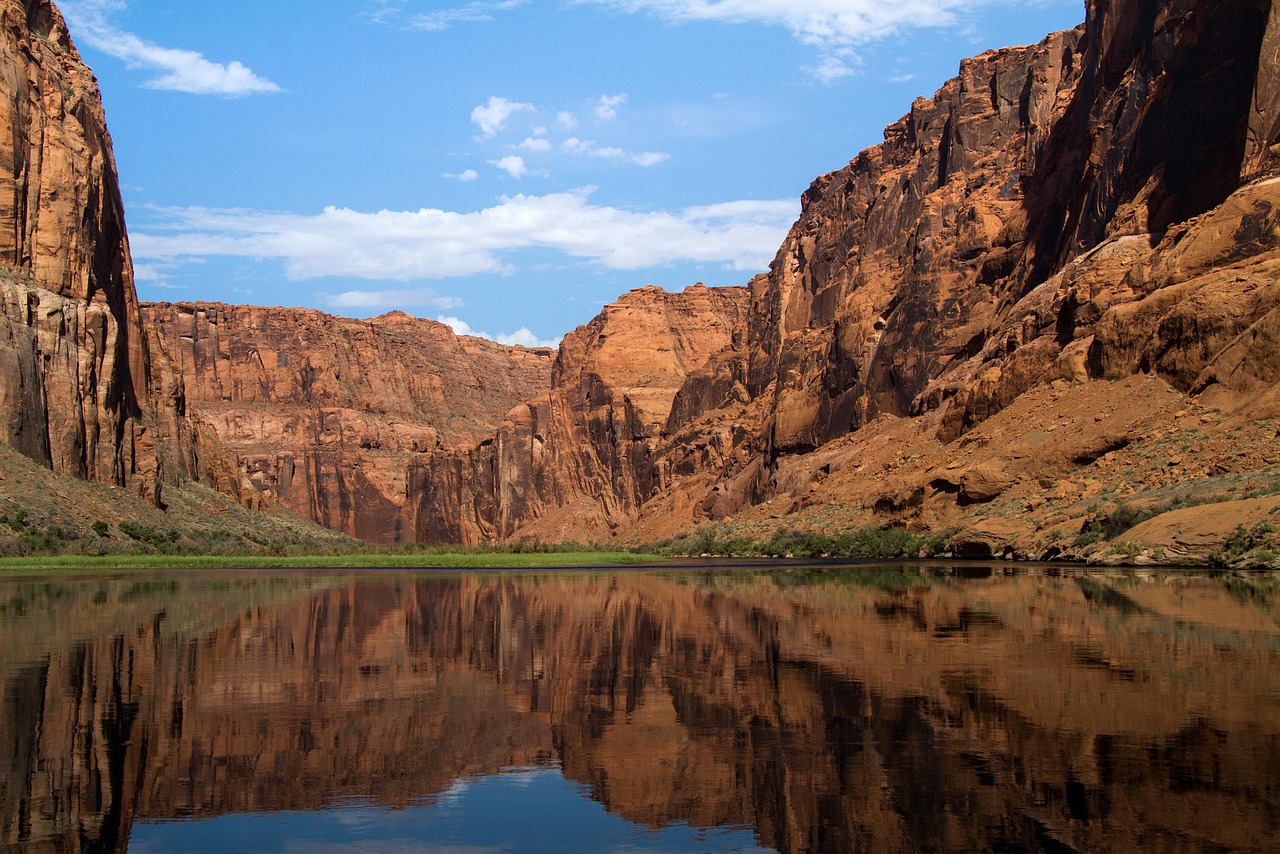
While the Great Lakes grabbed initial attention, Western rivers faced their own caddisfly invasions with equally devastating results. The Colorado River system became home to several Asian caddisfly species that hitchhiked on imported koi and goldfish. These invaders found the warm, nutrient-rich waters perfect for explosive population growth. Pacific Northwest streams, already struggling with habitat loss and climate change, suddenly faced competition from European species that could tolerate higher temperatures and lower oxygen levels. The invasion wasn’t just changing insect populations – it was rewriting the rules of entire river ecosystems.
How Invasive Caddisflies Destroy Native Food Webs
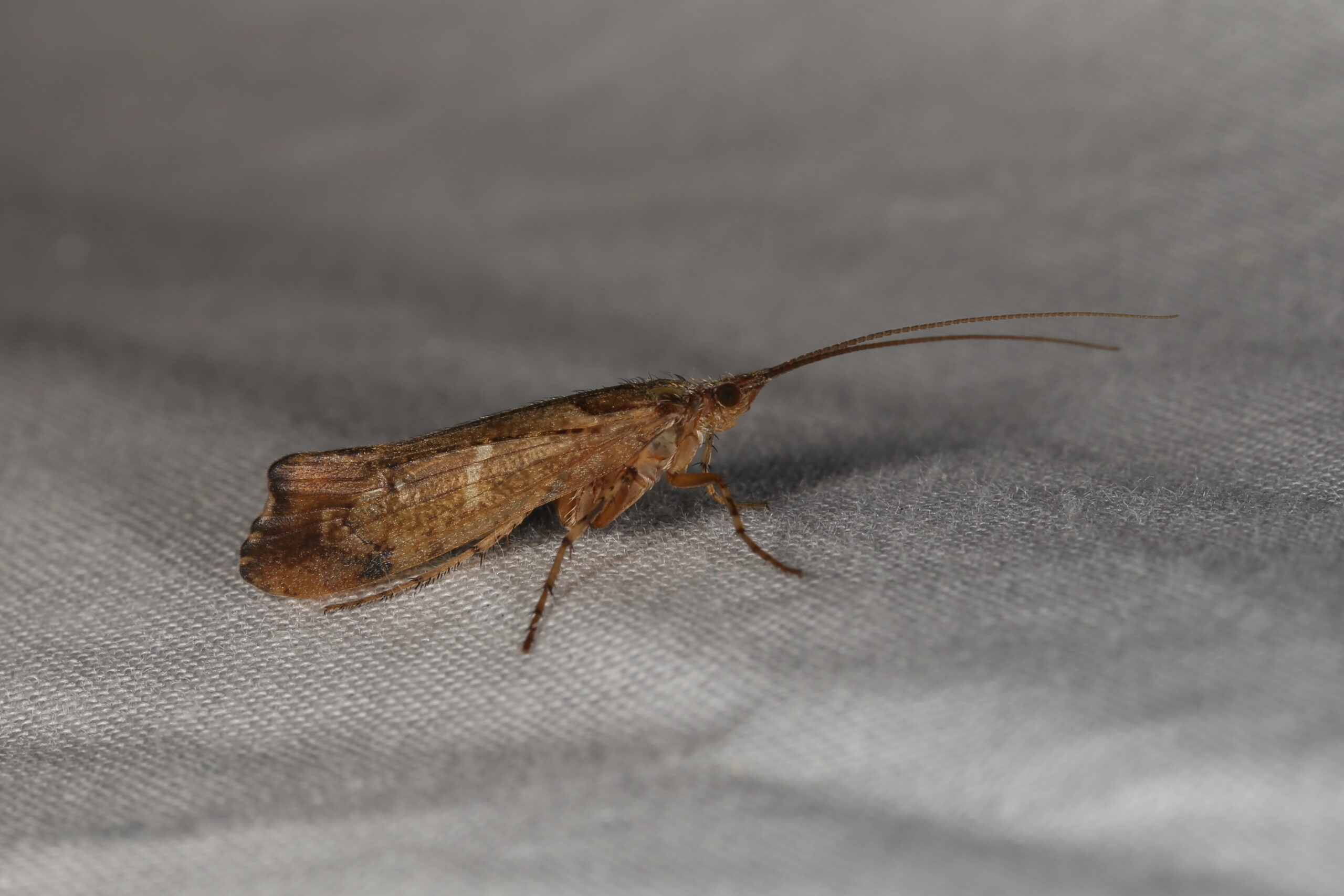
The ecological impact of invasive caddisflies extends far beyond simple competition between insect species. These invaders often consume different food sources or feed at different rates than native species, disrupting the delicate balance that has evolved over millions of years. Some invasive species are voracious predators that consume native caddisfly larvae, while others strip algae and organic matter so efficiently that they leave nothing for native insects. The ripple effects travel up the food chain, affecting everything from mayflies and stoneflies to the fish, birds, and mammals that depend on them. When a single invasive species can alter the entire foundation of an aquatic ecosystem, the consequences become impossible to predict or control.
The Trout Fisherman’s Nightmare
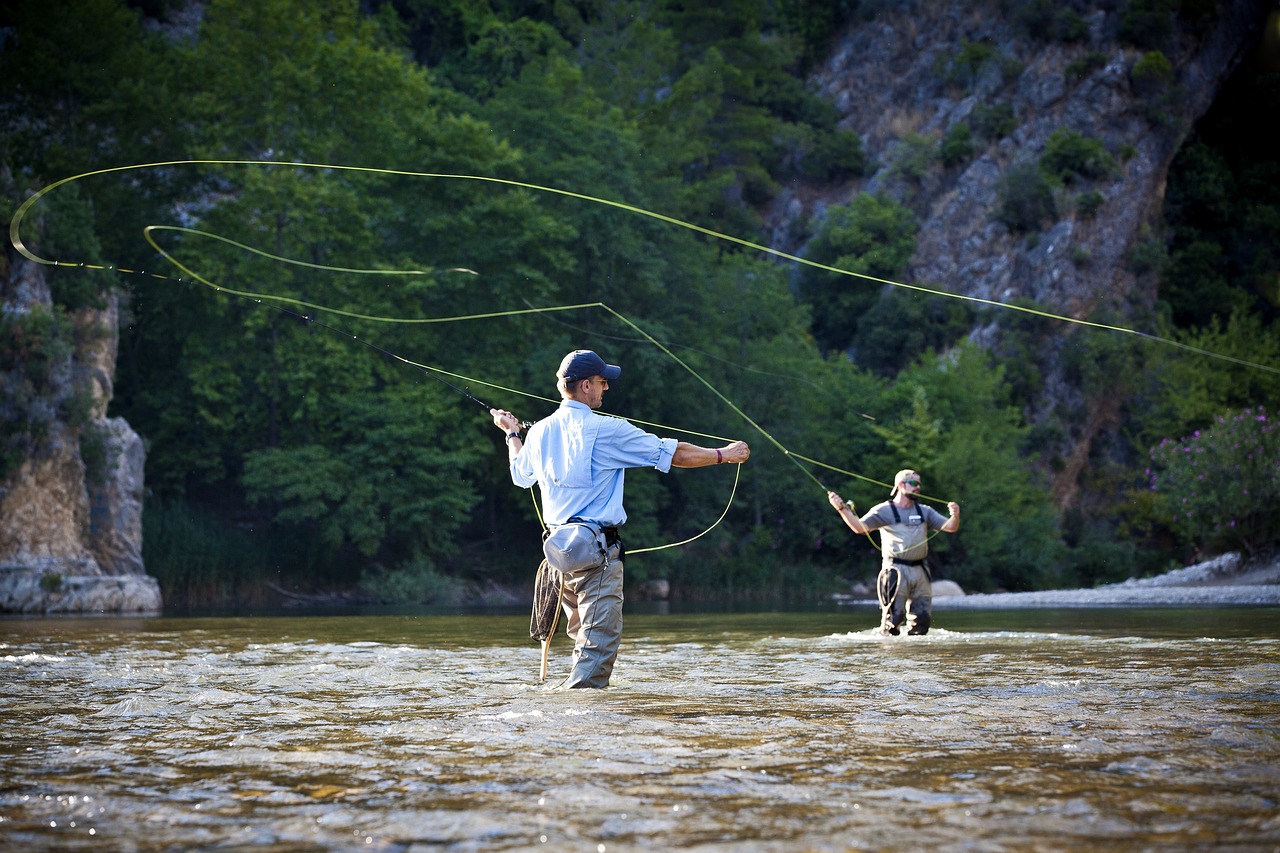
Ask any experienced fly fisherman about changes in their favorite rivers, and you’ll hear stories that sound like ecological horror films. Traditional hatches that sustained trout populations for generations have been replaced by massive emergences of unfamiliar insects. Native caddisflies that once provided predictable feeding opportunities for trout are disappearing, replaced by invasive species that emerge at different times or in different ways. Some invasive caddisflies are less nutritious than native species, leading to declining fish health and reproduction rates. The art of fly fishing, which relies on understanding and mimicking local insect populations, has become a frustrating guessing game as familiar patterns no longer work in waters transformed by invasion.
Scientific Detection: The Challenge of Identifying Invisible Invaders
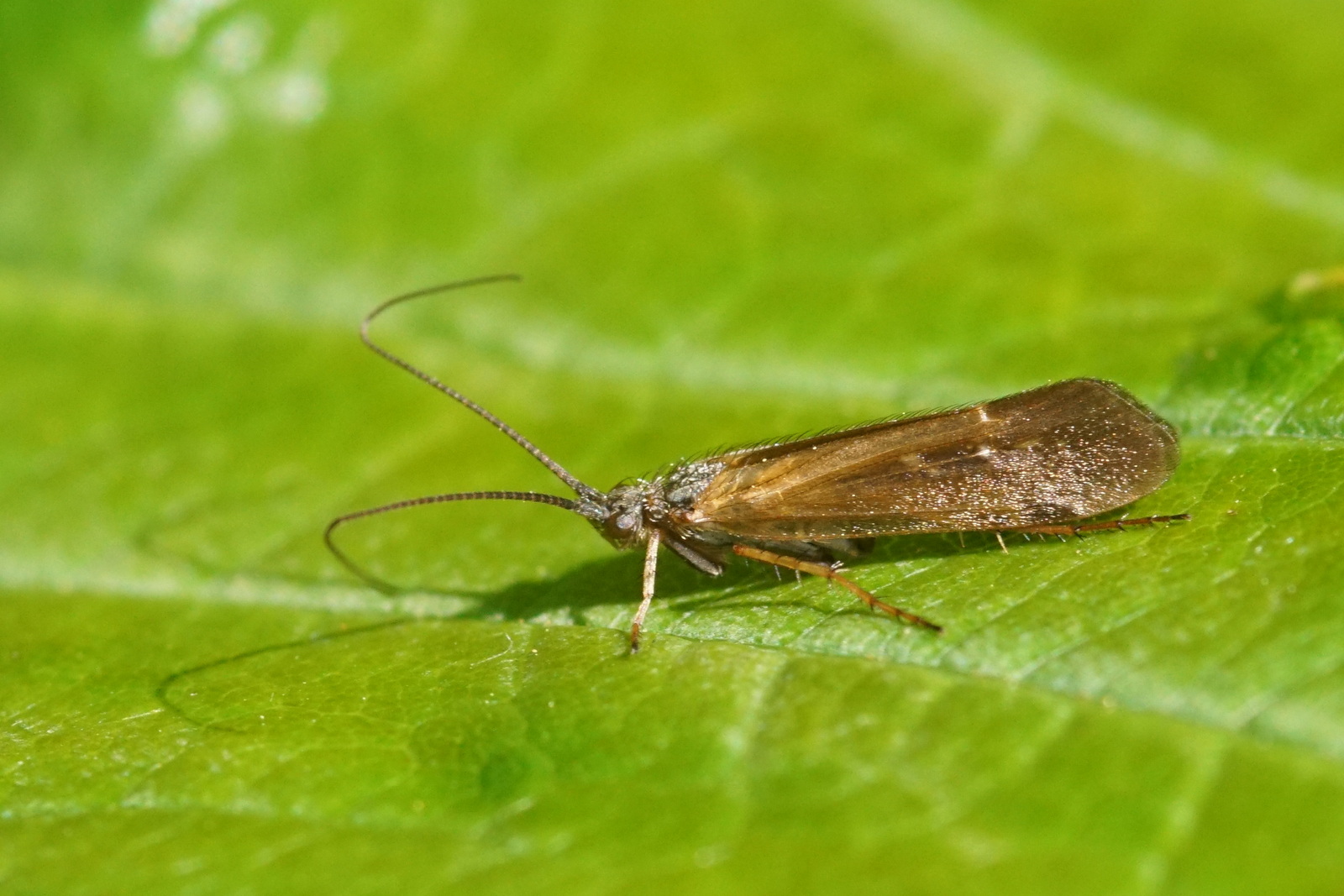
Identifying invasive caddisfly species requires expertise that most people don’t possess – these insects often look remarkably similar to native species to the untrained eye. Scientists must examine wing venation patterns, genitalia structure, and larval case construction to definitively identify invasive species. By the time populations become large enough for casual observers to notice, the invasion is usually well-established and nearly impossible to reverse. Many invasive caddisfly species went undetected for years or even decades because they were misidentified as native species or simply overlooked entirely. The challenge of early detection remains one of the biggest obstacles in preventing new invasions from taking hold.
The Ballast Water Highway
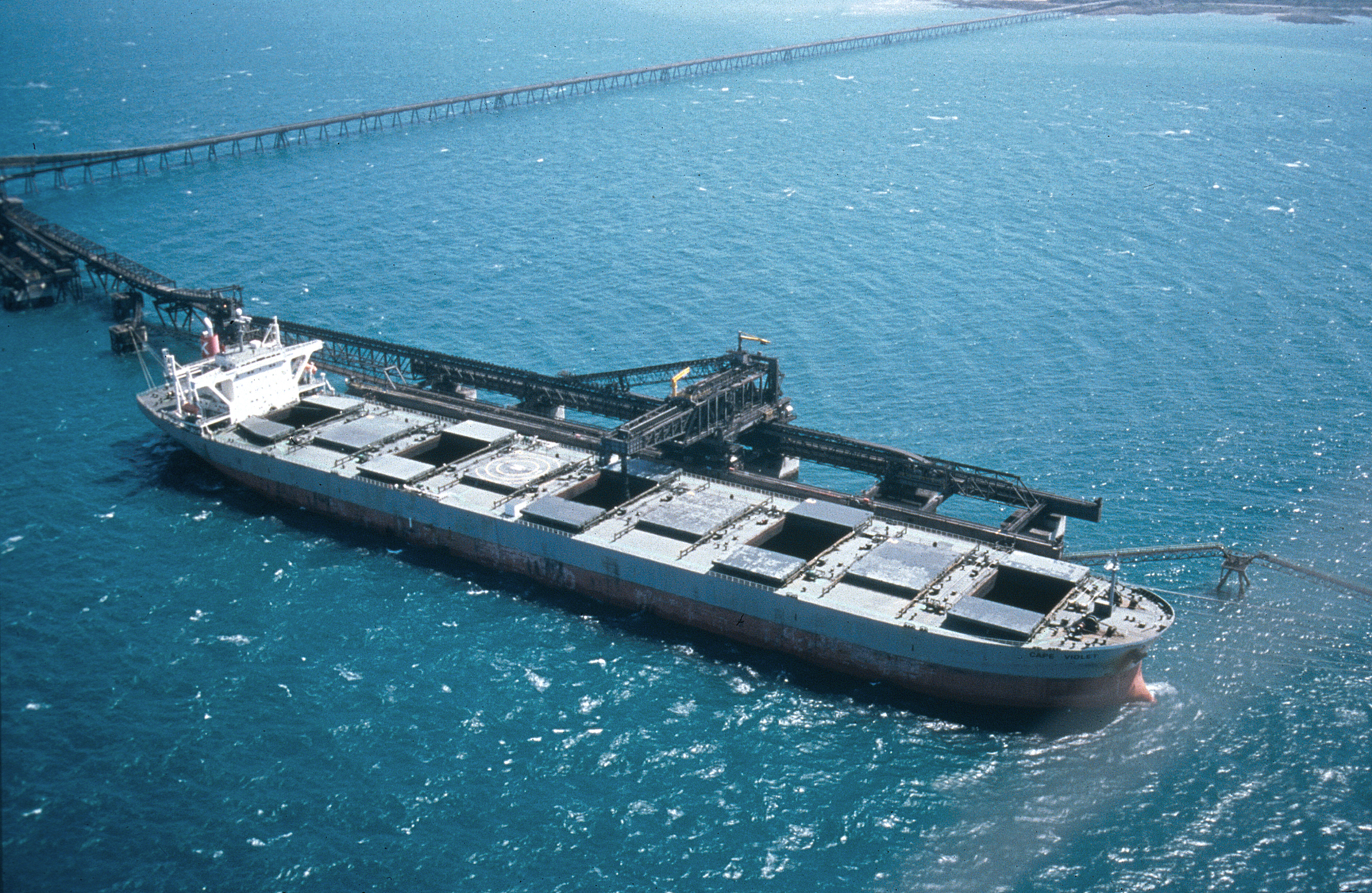
International shipping continues to serve as the primary pathway for new caddisfly invasions, despite increased awareness and regulations. Ballast water from foreign ports contains not just adult insects and larvae, but also eggs that can remain dormant for extended periods. Ship hulls provide attachment sites for egg masses and pupae that can survive transoceanic voyages. Even with ballast water treatment requirements, many ships discharge partially treated water that still contains viable invasive species. The global nature of modern commerce means that new introductions are not isolated events but part of an ongoing process that brings fresh waves of invaders to American waters every year.
Climate Change: Accelerating the Invasion
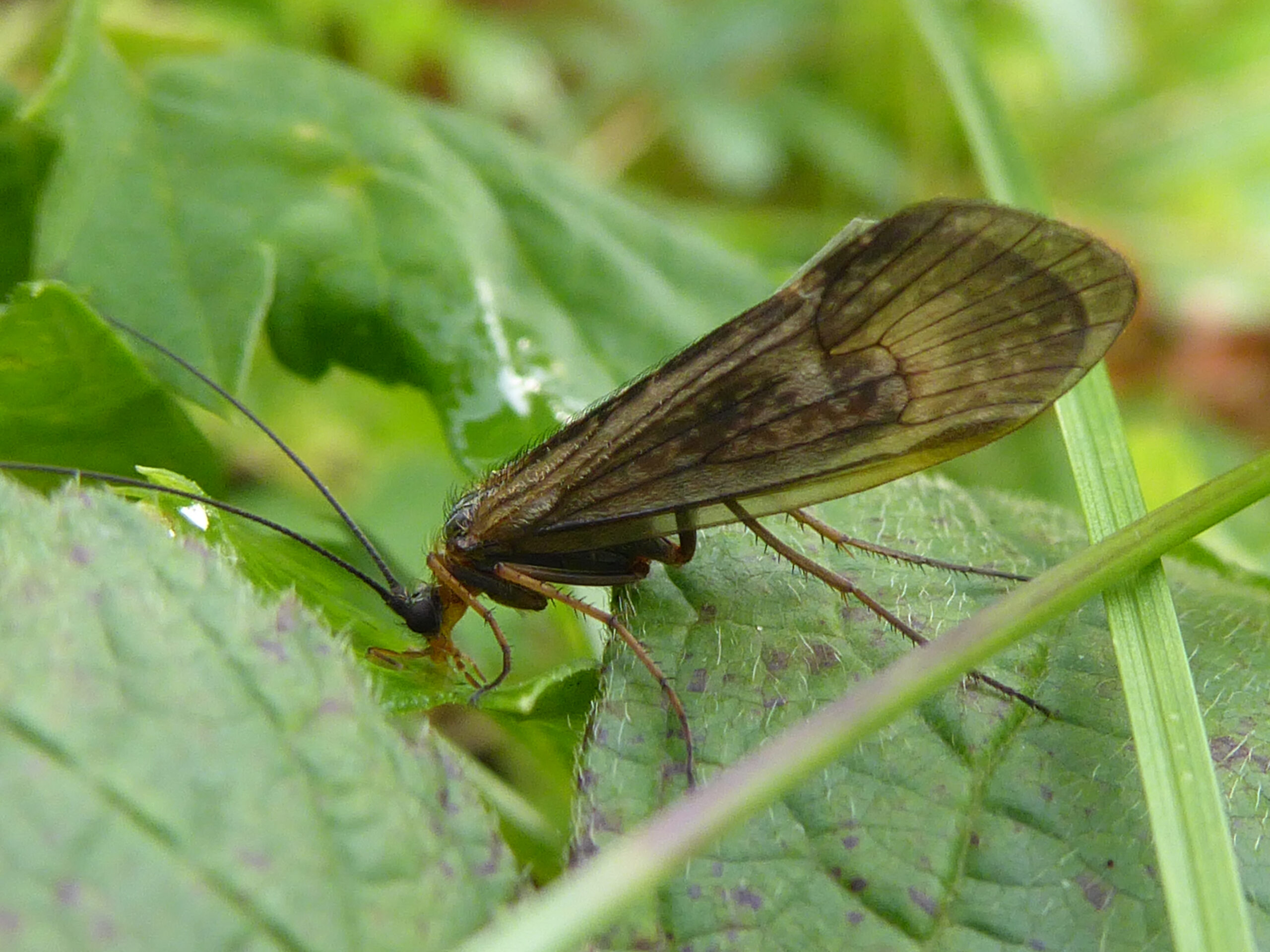
Rising water temperatures and changing precipitation patterns have created ideal conditions for invasive caddisflies while stressing native species. Many invasive species originate from warmer climates and are better adapted to handle temperature fluctuations and drought conditions. Climate change has expanded the suitable habitat range for these invaders, allowing them to colonize waters that were previously too cold or otherwise unsuitable. Extreme weather events, from floods to heat waves, often favor invasive species that can quickly rebound from disturbances while native populations struggle to recover. The combination of invasion pressure and climate stress creates a double threat that native ecosystems are struggling to survive.
Economic Costs Beyond Calculation
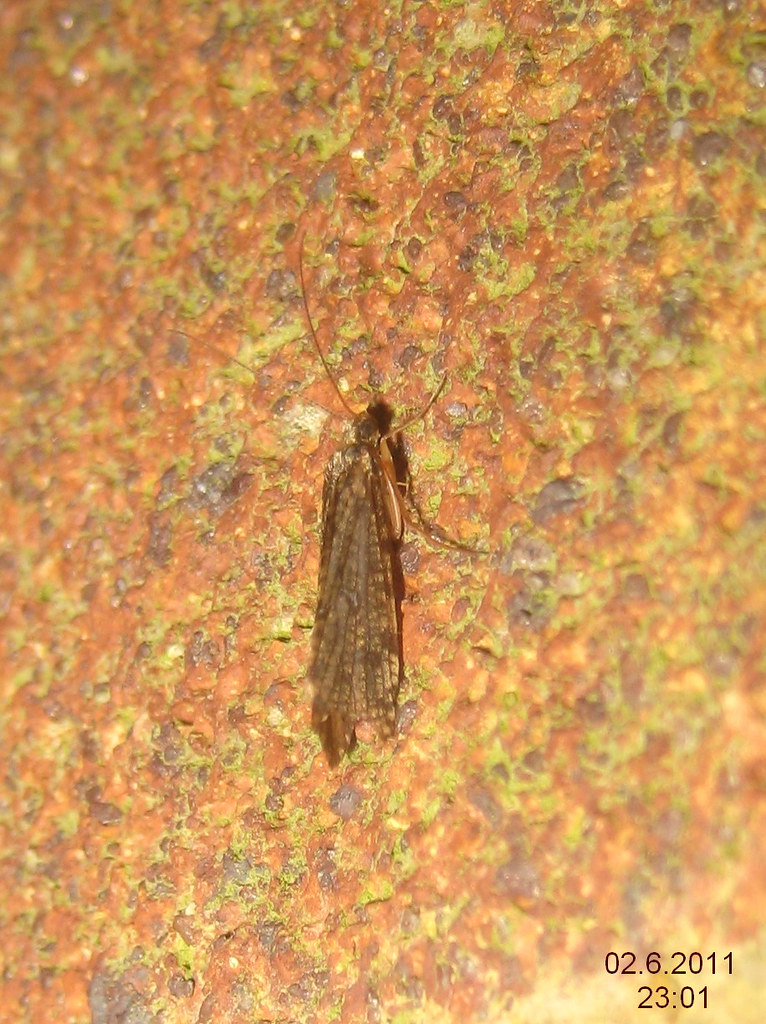
The economic impact of invasive caddisflies extends far beyond what most people realize, affecting industries from recreation to water treatment. Fishing guides and outdoor recreation businesses have seen dramatic changes in their local waters, with some traditional fishing spots becoming virtually unusable due to invasive species dominance. Water treatment facilities face increased costs when invasive caddisfly swarms clog intake systems and create maintenance nightmares. Agricultural operations that depend on clean water for irrigation must deal with the consequences of altered aquatic ecosystems. The cumulative economic damage from invasive caddisflies likely reaches hundreds of millions of dollars annually, though the true cost remains largely hidden and uncalculated.
Native Species Fighting for Survival

American rivers once supported hundreds of native caddisfly species, each adapted to specific ecological niches and environmental conditions. These native insects evolved complex relationships with local fish, birds, and other wildlife that invasive species cannot replicate. Some native caddisfly species have experienced dramatic population declines or local extinctions as invasive species outcompete them for food and habitat. The loss of native species represents not just a reduction in biodiversity, but the destruction of ecological relationships that took millions of years to develop. Recovery efforts for native caddisfly populations face enormous challenges when invasive species have fundamentally altered the habitats these natives require.
The Aquarium Trade Connection
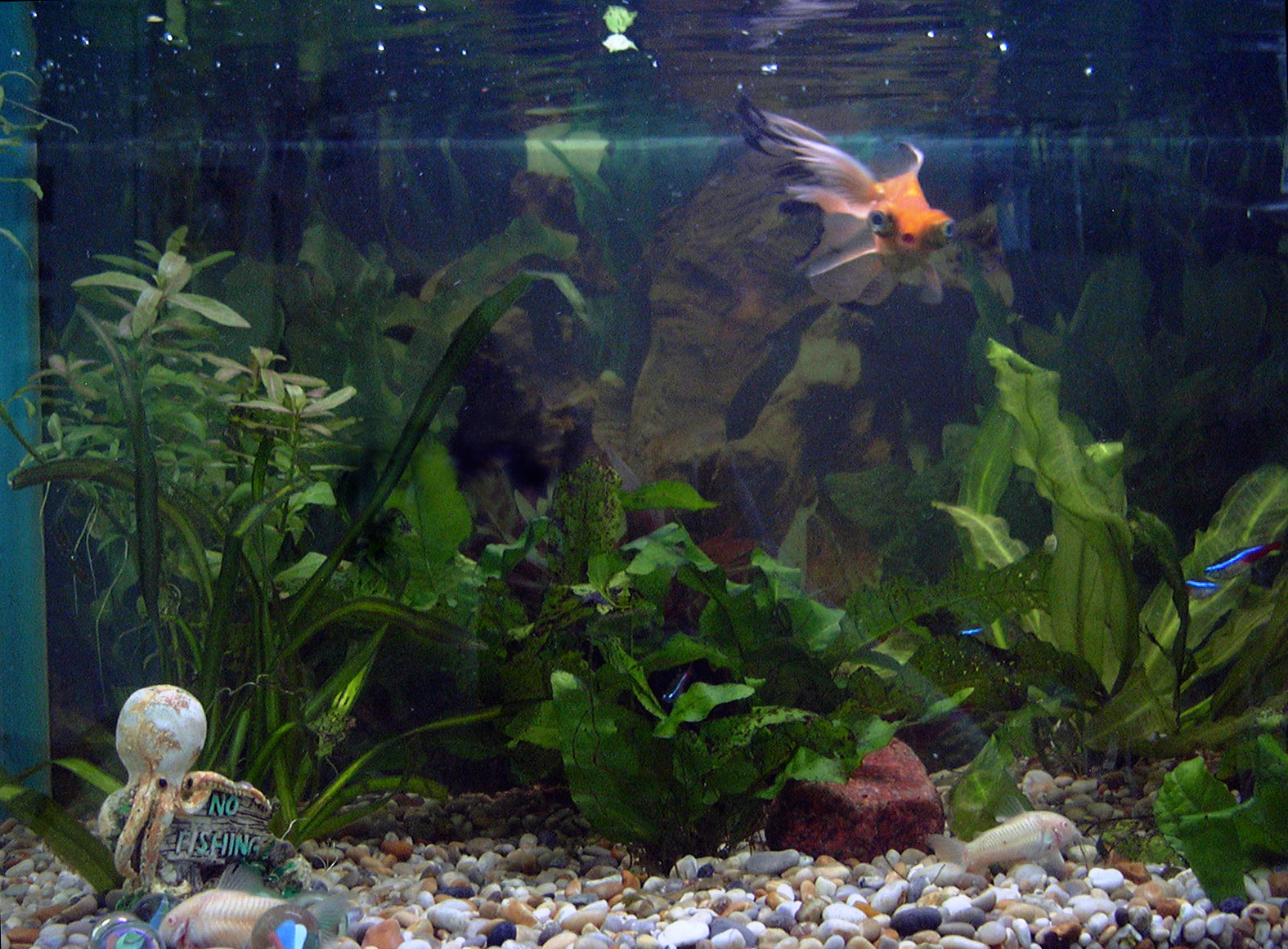
The aquarium and water garden industry has inadvertently become a major pathway for caddisfly invasions through the sale of live aquatic plants and fish. Invasive caddisfly eggs and larvae often hitchhike on imported plants, surviving the journey hidden in root systems or attached to leaves. Well-meaning aquarium hobbyists who release unwanted plants or fish into local waters sometimes introduce entire invasive communities without realizing it. Online plant swaps and fish trading groups can spread invasive species rapidly across geographic barriers that would normally limit their spread. Even proper disposal methods sometimes fail when invasive species are already established in water treatment systems or disposal sites.
Biological Control: Fighting Fire with Fire
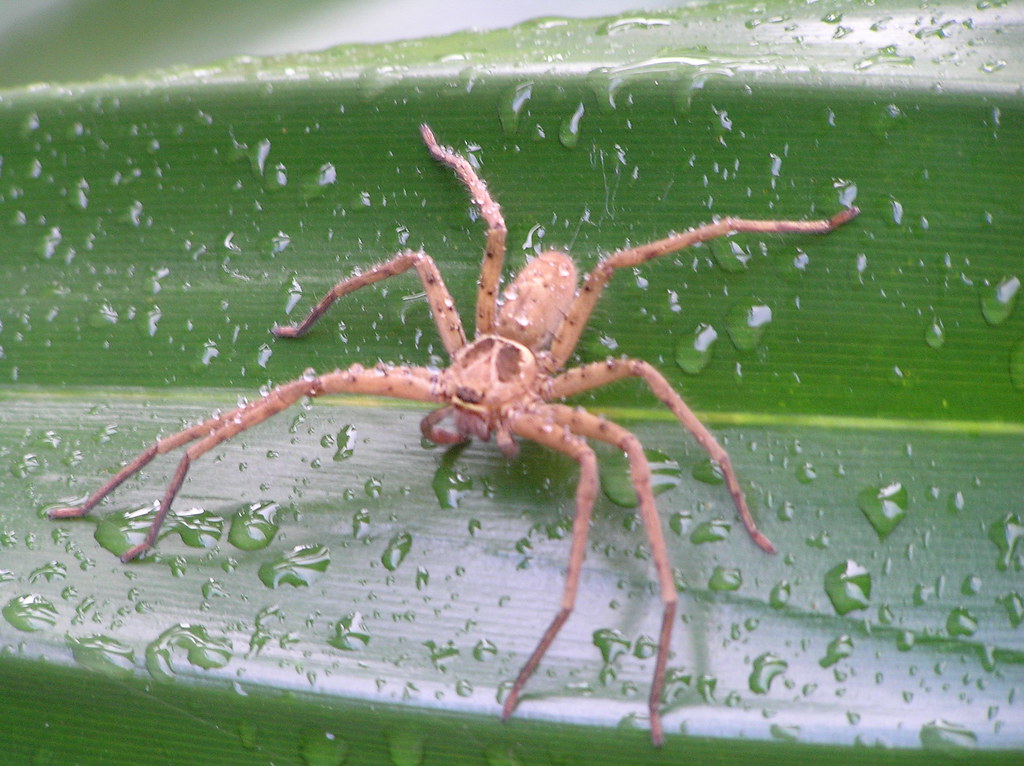
Scientists are exploring biological control methods to manage invasive caddisfly populations, but the approach comes with significant risks and limitations. Introducing predators or parasites that target invasive caddisflies could potentially harm native species or create new ecological problems. Some research focuses on pathogens or parasites from the invasive species’ native range, but testing and approval processes take decades. Biological control works best when combined with other management strategies, but finding effective and safe control agents remains extremely challenging. The complexity of aquatic ecosystems makes biological control particularly risky, as unintended consequences could cascade throughout entire river systems.
Citizen Science: Enlisting Public Help
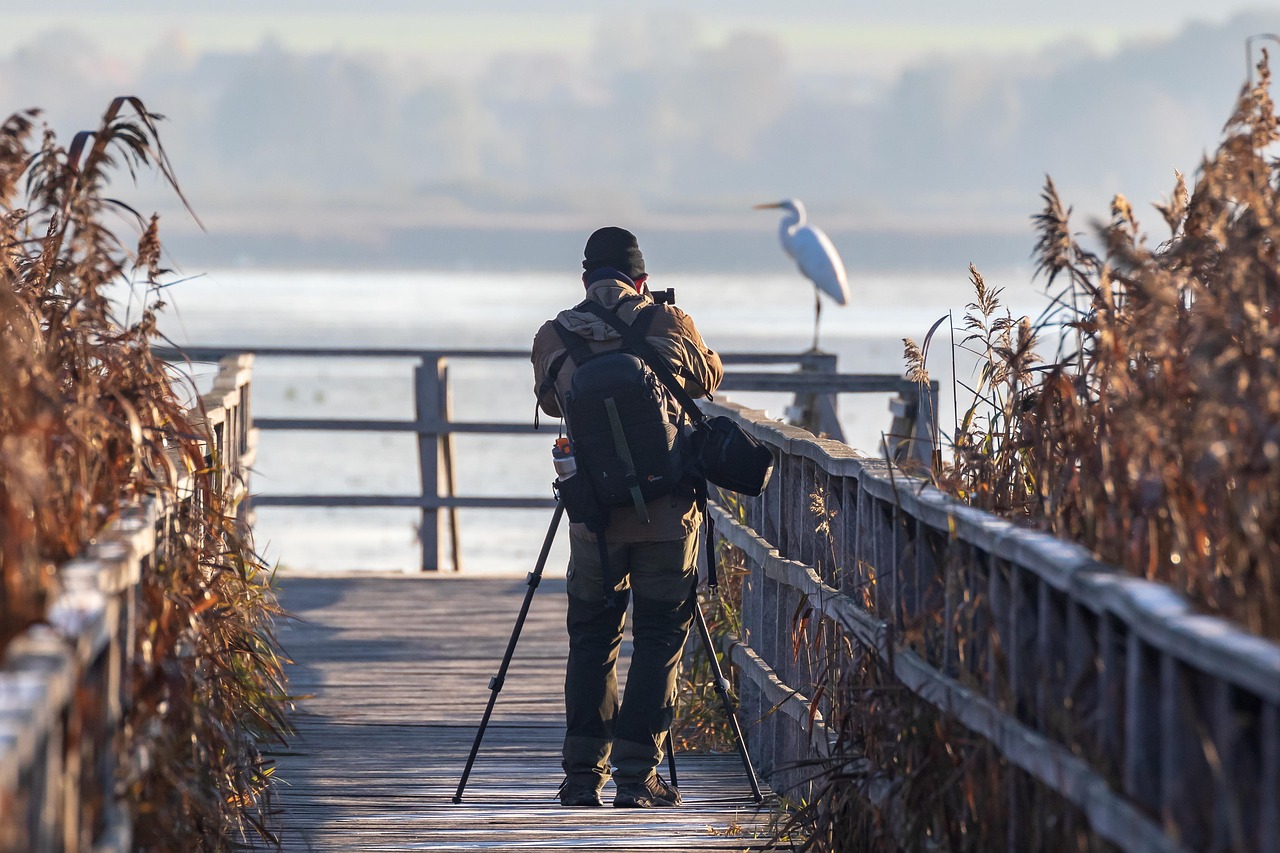
Ordinary citizens can play a crucial role in detecting and monitoring invasive caddisfly populations through citizen science programs. Photography and simple observation can help scientists track the spread of easily recognizable invasive species. Anglers and outdoor enthusiasts often notice changes in insect populations before scientists do, making their reports valuable for early detection efforts. However, citizen science programs must balance the need for public participation with the requirement for accurate species identification. Training programs and mobile apps are helping make citizen science more effective, but the challenge of distinguishing between similar species remains significant.
Habitat Restoration: Rebuilding What Was Lost

Habitat restoration efforts face the complex challenge of creating conditions that favor native species while discouraging invasive ones. Removing invasive caddisflies without addressing underlying habitat problems often proves futile, as the disturbed conditions that allowed invasion in the first place remain unchanged. Successful restoration requires understanding the specific habitat requirements of native caddisfly species and the environmental factors that make ecosystems resistant to invasion. Some restoration projects focus on improving water quality and habitat complexity to give native species competitive advantages. The process is expensive and time-consuming, with no guarantee of success in waters where invasive species are already well-established.
Prevention: The Only Reliable Defense
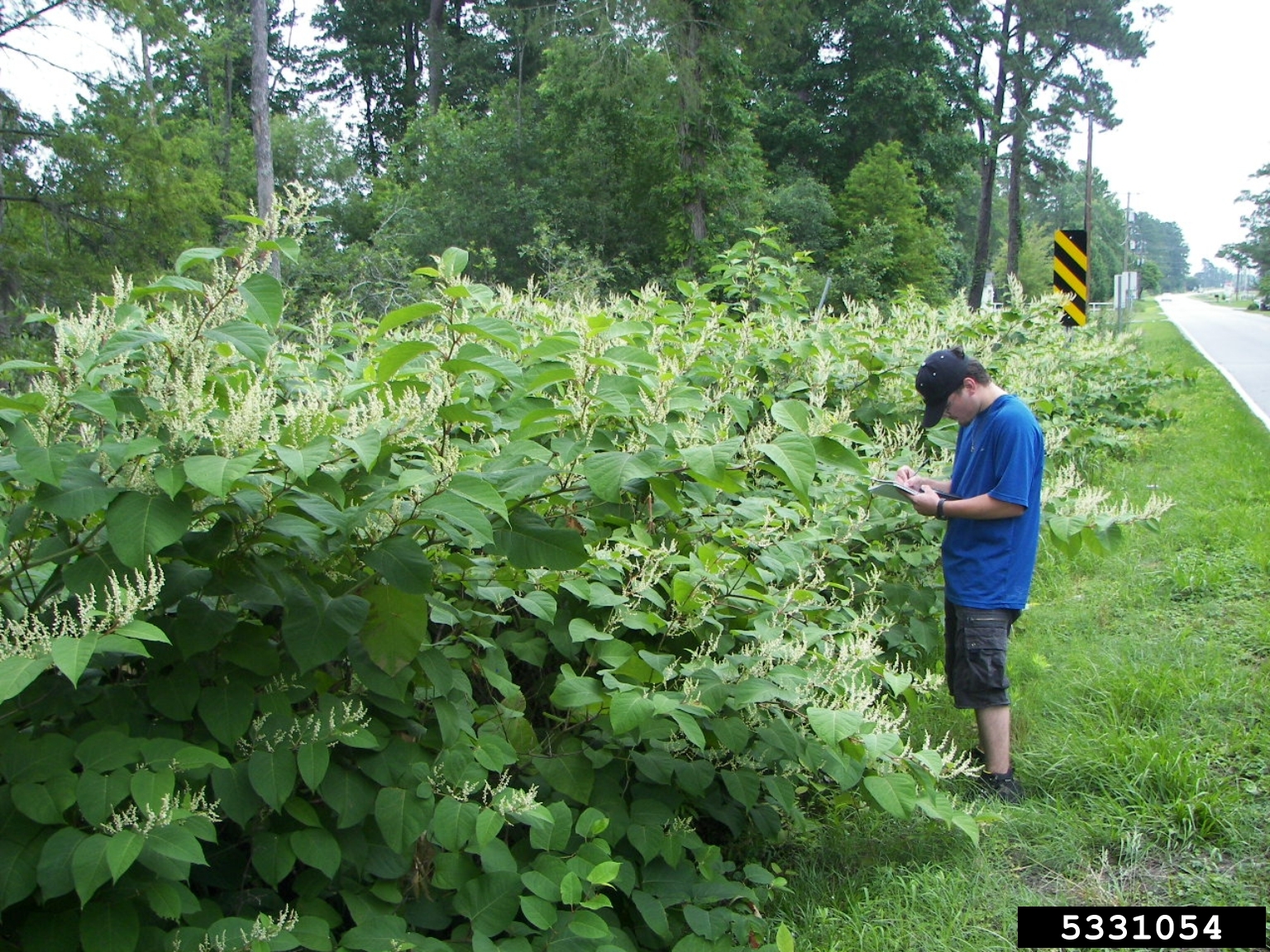
Preventing new invasive caddisfly introductions remains the most cost-effective and reliable approach to protecting American waters. Early detection and rapid response programs can sometimes eliminate small invasive populations before they become established. Public education about the risks of releasing aquarium contents and the importance of cleaning boats and fishing gear can reduce accidental introductions. Stricter regulations on ballast water treatment and aquatic plant imports could reduce the rate of new invasions. However, prevention requires sustained effort and investment, often for problems that haven’t yet materialized, making it difficult to maintain public and political support.
Technology and Innovation in the Fight
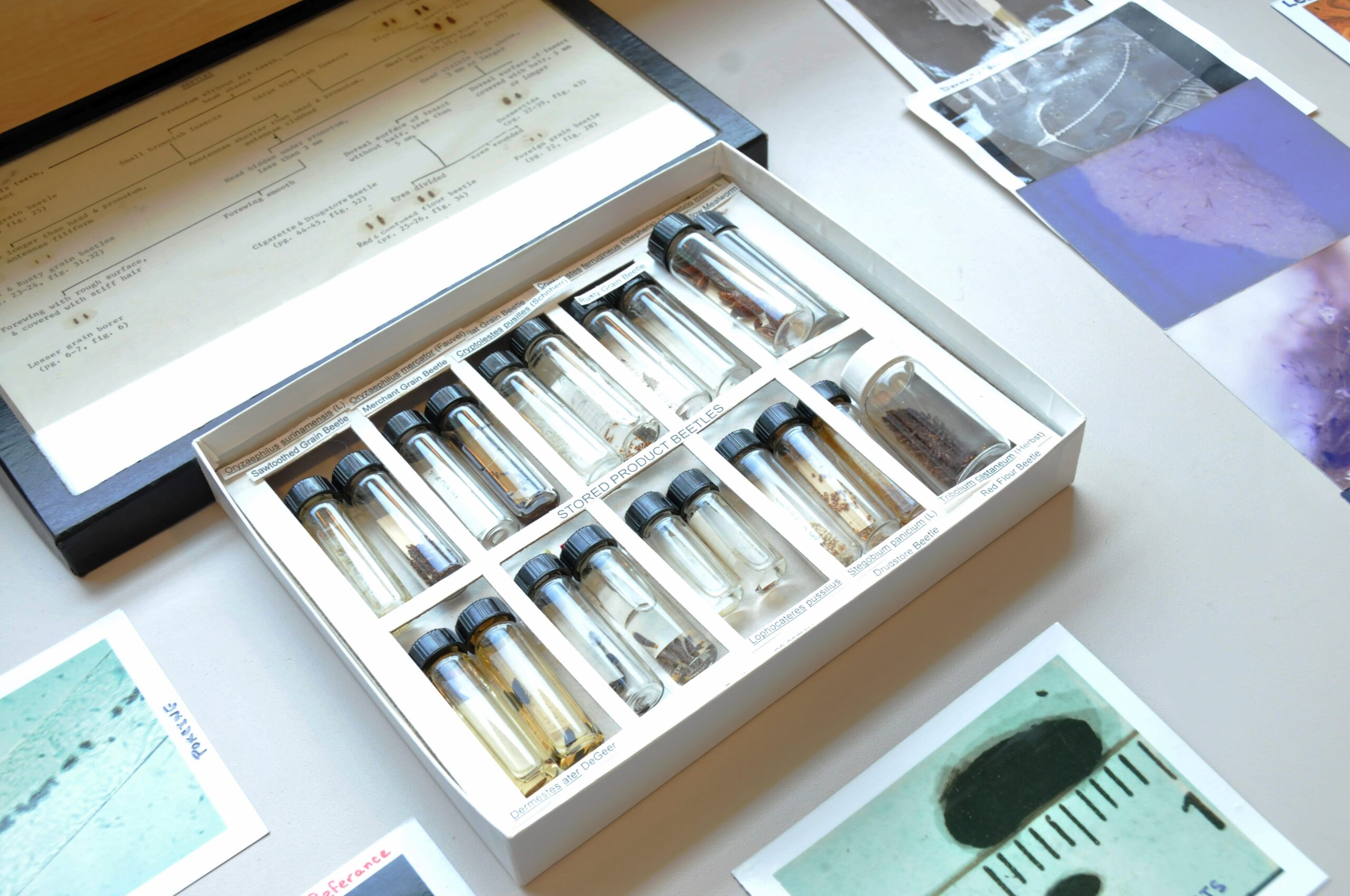
Cutting-edge technology is revolutionizing how scientists detect, monitor, and combat invasive caddisfly populations. Environmental DNA sampling can detect invasive species from tiny water samples, identifying populations before they’re visible through traditional monitoring. Drone surveys and underwater cameras provide new ways to monitor large water bodies efficiently. Genetic analysis helps scientists understand invasion pathways and predict which species might become problematic in the future. Advanced water treatment technologies offer hope for better ballast water sterilization and reduced introduction rates. These technological advances provide powerful new tools, but they require significant investment and expertise to implement effectively.
The Future of American Waterways
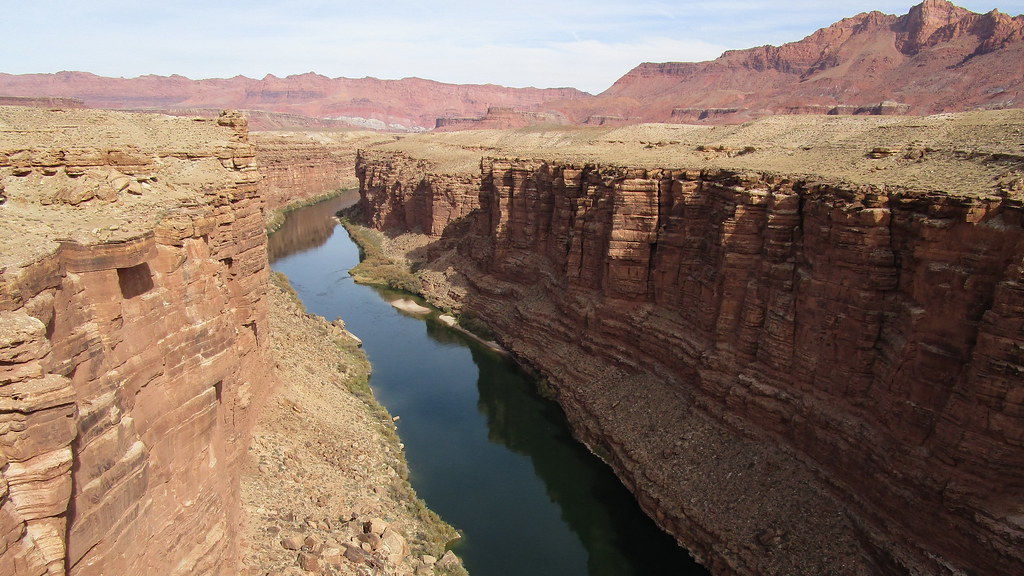
The trajectory of invasive caddisfly populations in American waters depends largely on actions taken in the next few decades. Without significant intervention, many experts predict continued expansion of invasive species and further decline of native aquatic communities. Climate change will likely accelerate these trends, creating new opportunities for invasion while stressing native species. However, advances in detection technology, biological control methods, and habitat restoration offer hope for managing existing invasions and preventing new ones. The choice between accepting continued ecological degradation and investing in comprehensive management strategies will determine the fate of America’s aquatic ecosystems for generations to come.
What Every American Can Do

Individual actions might seem insignificant against such a massive ecological challenge, but collective effort can make a real difference in slowing invasive caddisfly spread. Never release aquarium contents, plants, or fish into natural waters, even if they appear harmless. Clean boats, fishing gear, and waders thoroughly when moving between water bodies to avoid transporting eggs or larvae. Report unusual insect emergences or changes in local aquatic life to state natural resource agencies. Support funding for invasive species research and management programs through voting and advocacy. The fight against invasive caddisflies requires participation from everyone who cares about the future of American rivers and streams.
The invasion of American waters by non-native caddisflies represents one of the most significant but underappreciated ecological challenges of our time. These small insects are quietly rewriting the rules of aquatic ecosystems across the continent, from the Great Lakes to Western rivers. While the full extent of their impact is still being discovered, the evidence clearly shows that invasive caddisflies are fundamentally altering the biological communities that have existed for thousands of years. The window for preventing new invasions is rapidly closing, but with coordinated effort combining scientific research, technological innovation, and public participation, there’s still hope for protecting America’s remaining pristine waters. What will you do to help defend the rivers and streams that define our natural heritage?

